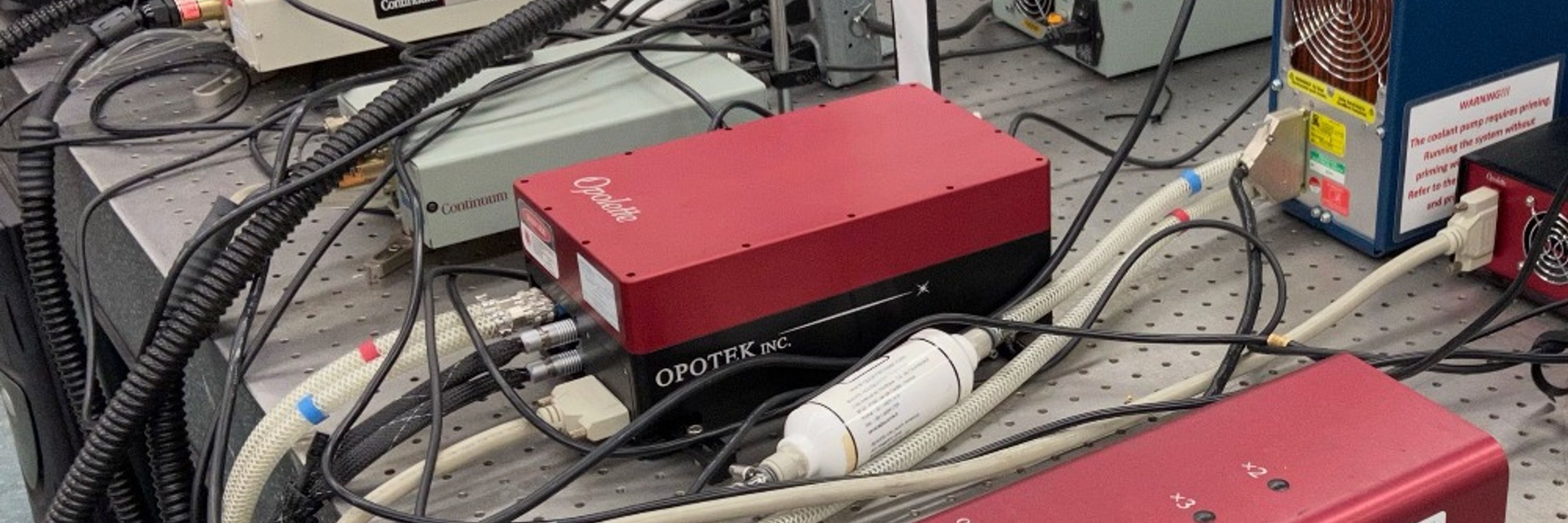Targeting Kinases to Reshape the Immunopeptidome landscape in Chronic Myeloid Leukemia
Antileukemia immunity is essential for disease control and maintaining treatment-free remission in chronic myeloid leukemia (CML). Immunotherapeutic approaches hold significant promise for enhancing immune-mediated disease control. However, successful immunotherapy relies on identifying CML-associated antigens and achieving robust antigen presentation. Protein kinases are central regulators of signaling, and protein turnover, influencing which peptides are processed and presented on HLA molecules. Indeed, previous works with CDK4/6 or MEK inhibitors showed that kinases influence immune recognition of cancer cells. However, the molecular mechanisms underlying the modulation of the immunopeptidome by kinases inhibitors treatment remained unclear. Here, we investigated whether pharmacological inhibition of key kinases, including BCR-ABL, JNK and LCK, could be leveraged to reshape the immunopeptidome of CML cells, enhancing the exposure of specific tumor-associated antigens. By employing high-sensitive mass spectrometry (MS)-based immunopeptidomics, we quantified more than 20,000 HLA-I peptides. Pharmacological suppression of LCK, JNK and BCR-ABL drastically remodels the antigen landscape, impacting the exposure of about 4,000 HLA-I ligands. By integrating immunopeptidomics, phospho-immunopeptidomics, and proteomic, our study revealed three complementary molecular mechanisms of kinase-dependent antigen control: direct phosphorylation of HLA-I peptides (i), modulation of source protein stability (ii), and control of transcription factors governing antigen expression (iii). Moreover, comparative HLA ligandome analysis of benign hematological specimens and CML primary samples identified a panel of about 90 frequently presented CML-exclusive peptides, whose presentation can be significantly increased by LCK and JNK inhibition. Our study establishes a framework to rationally combine kinase inhibitors with immunotherapies to enhance antigen visibility and improve antileukemic immunity.















